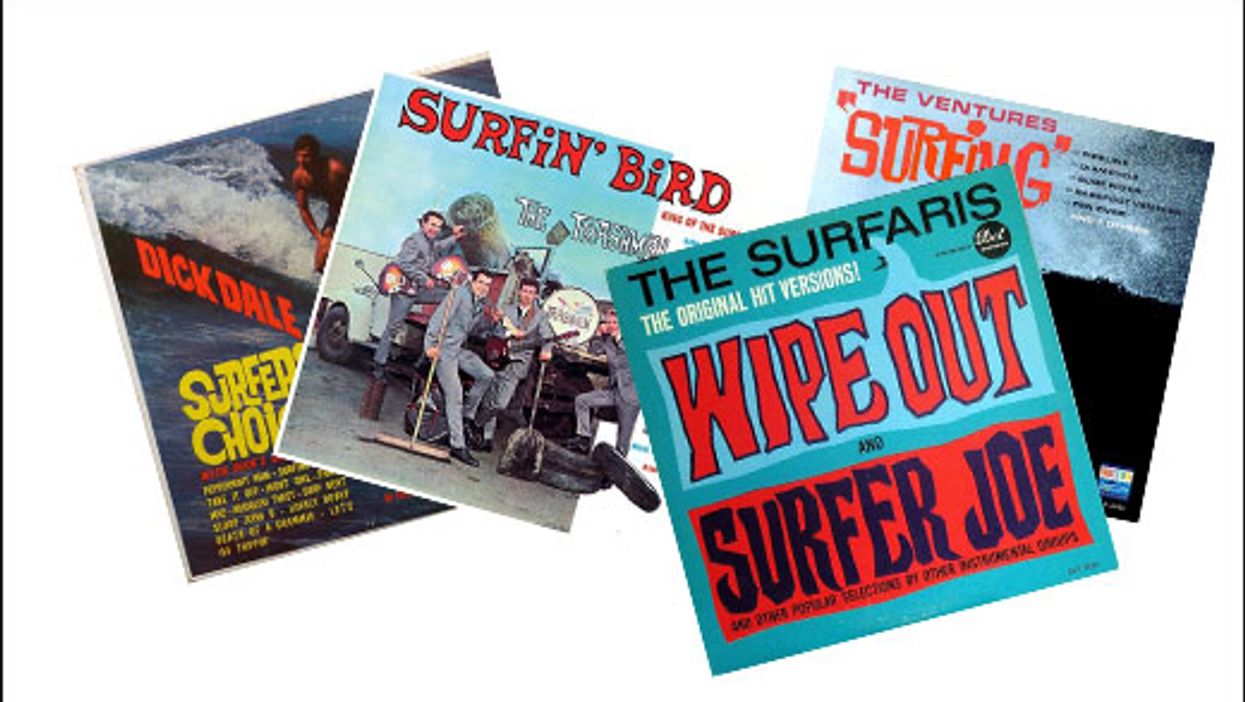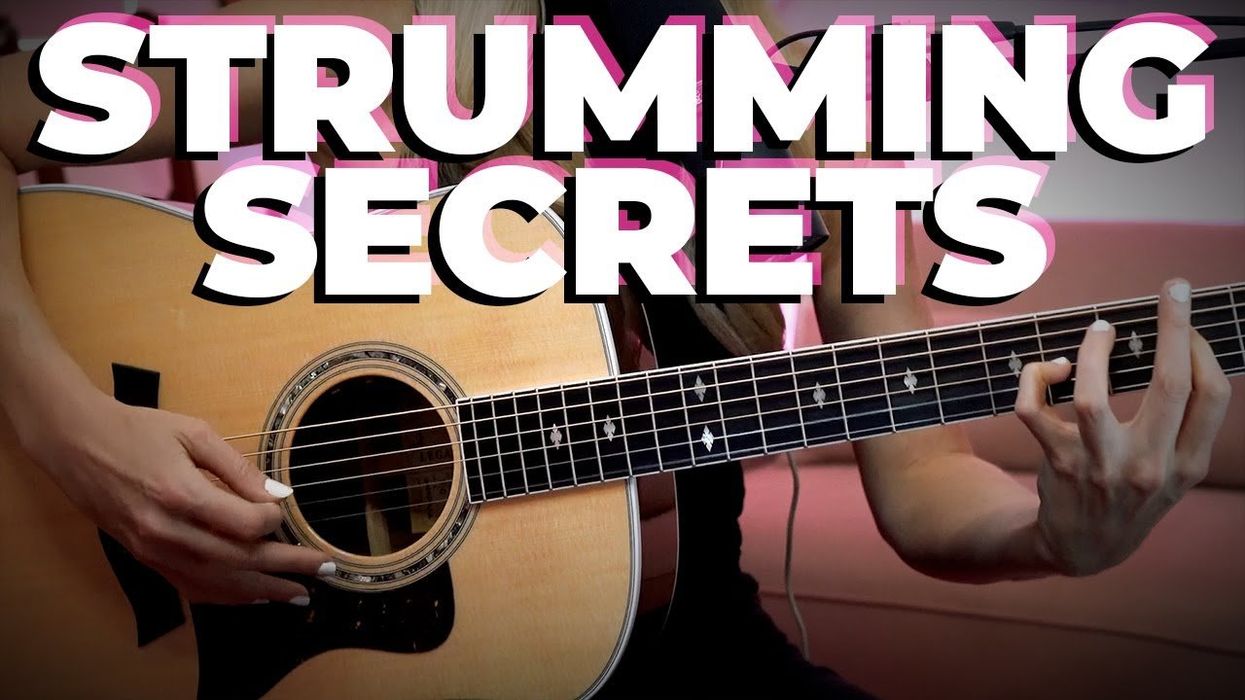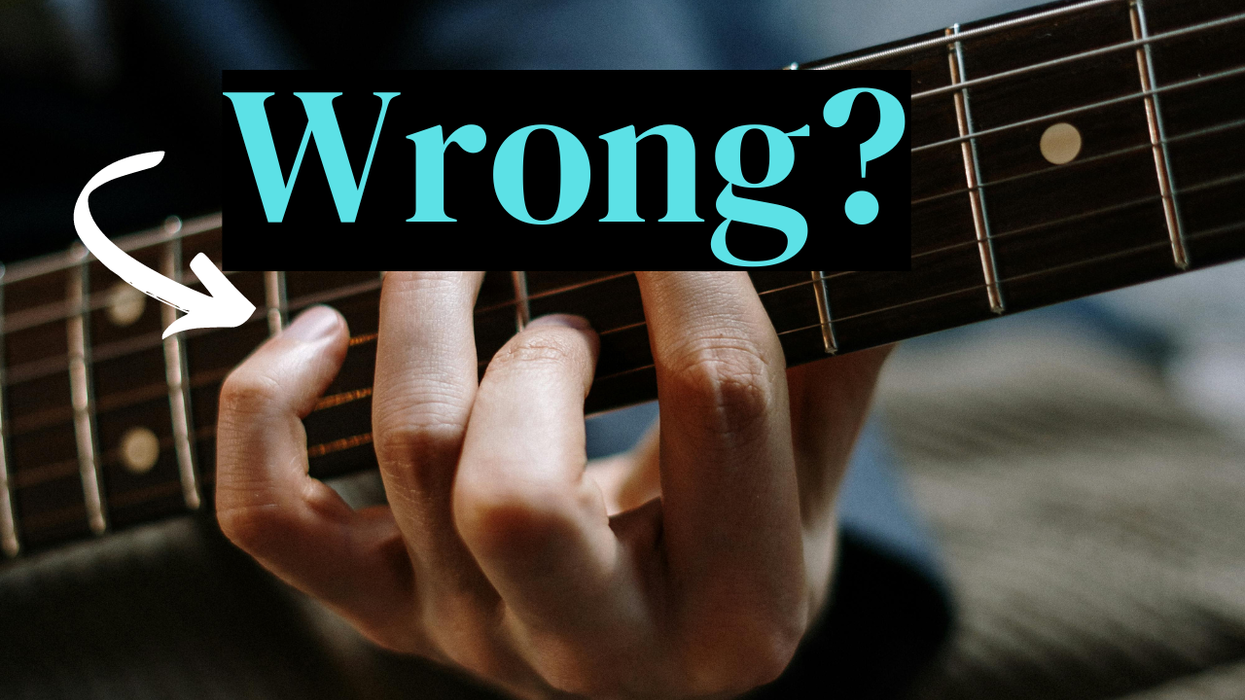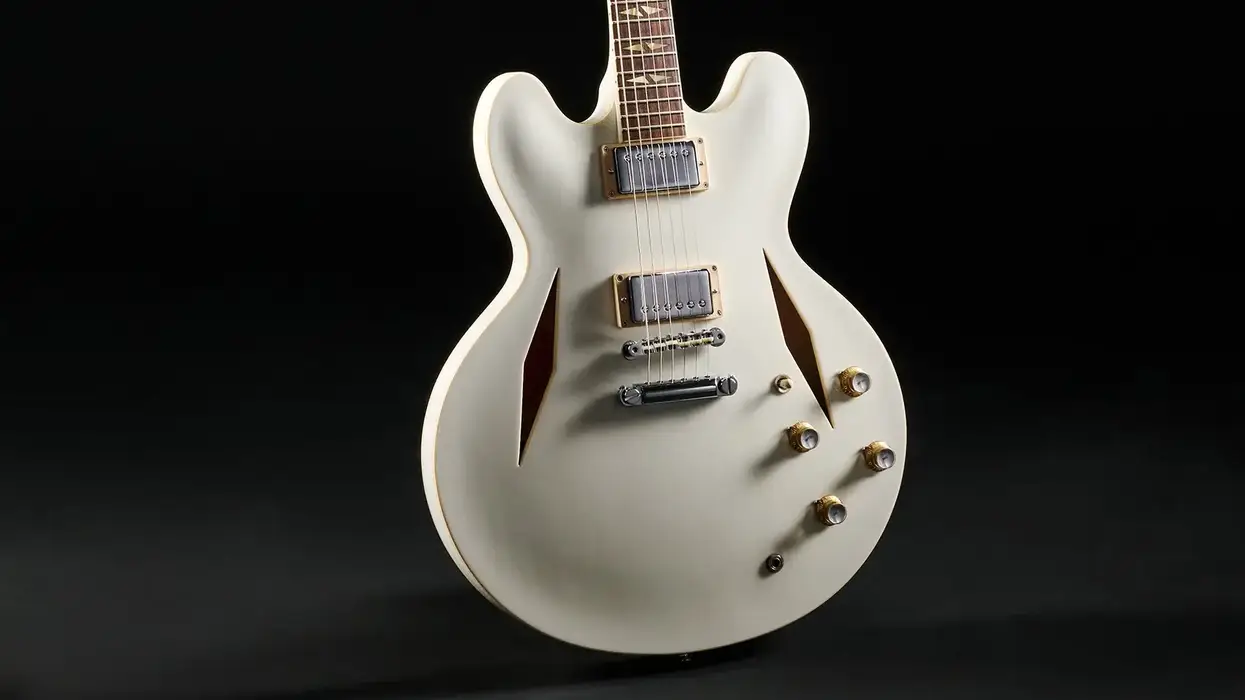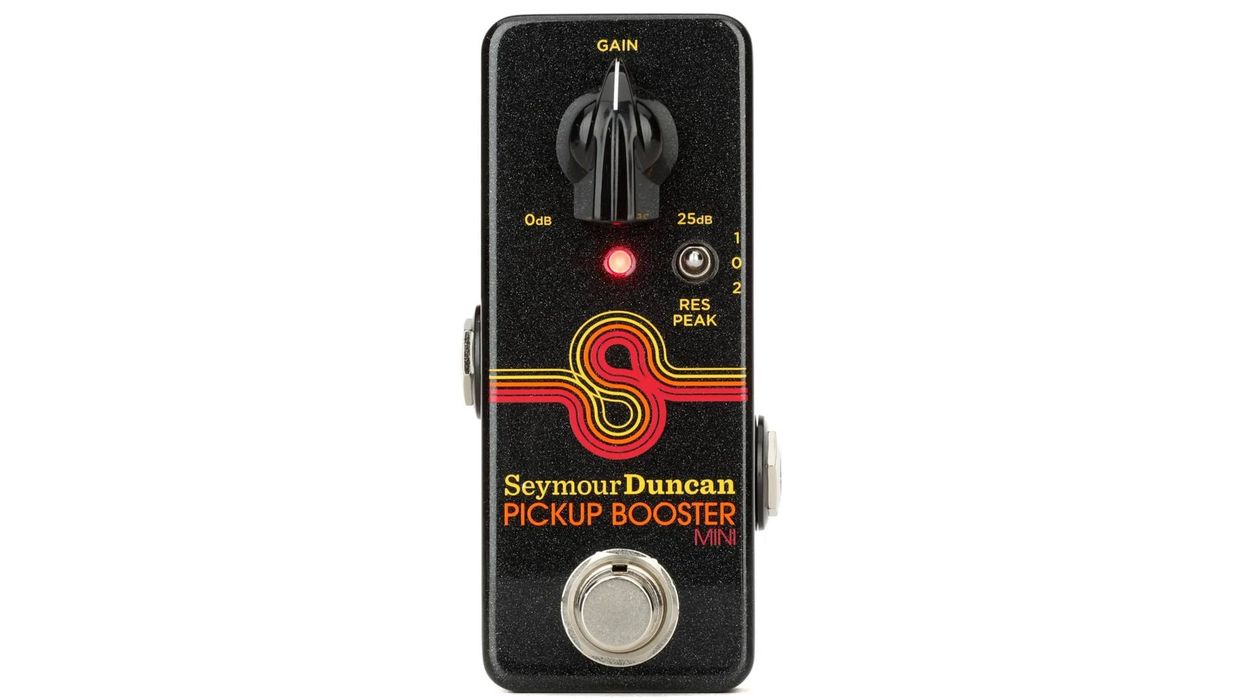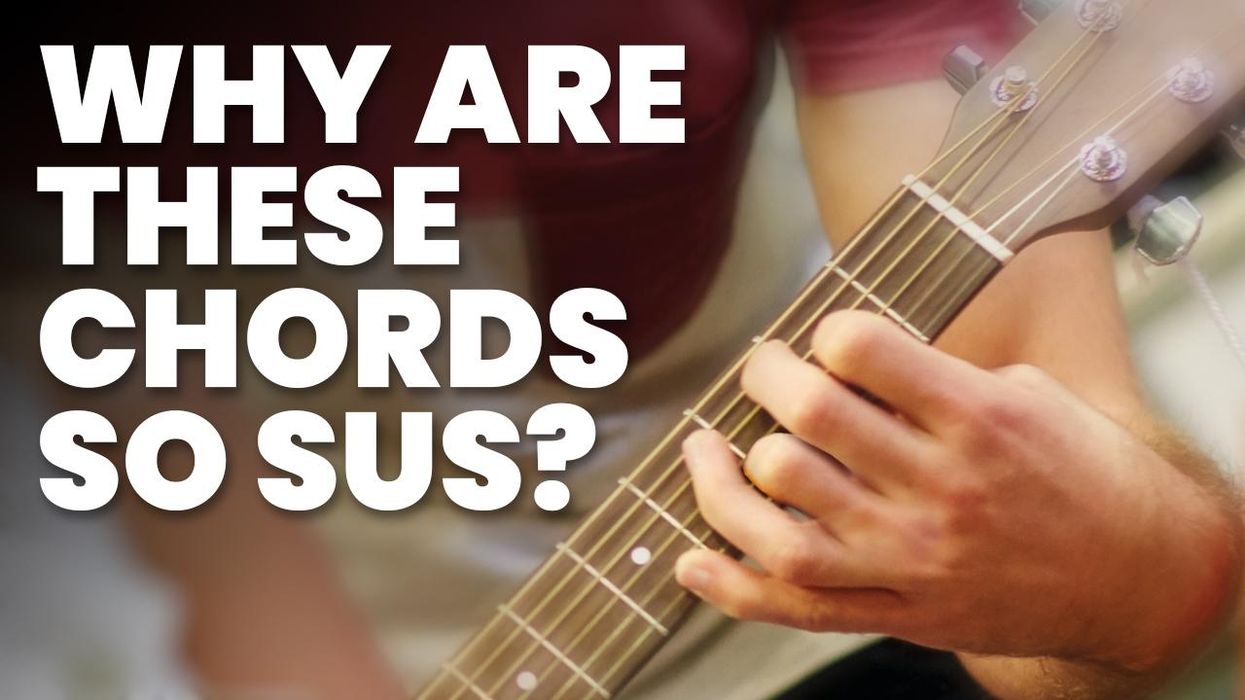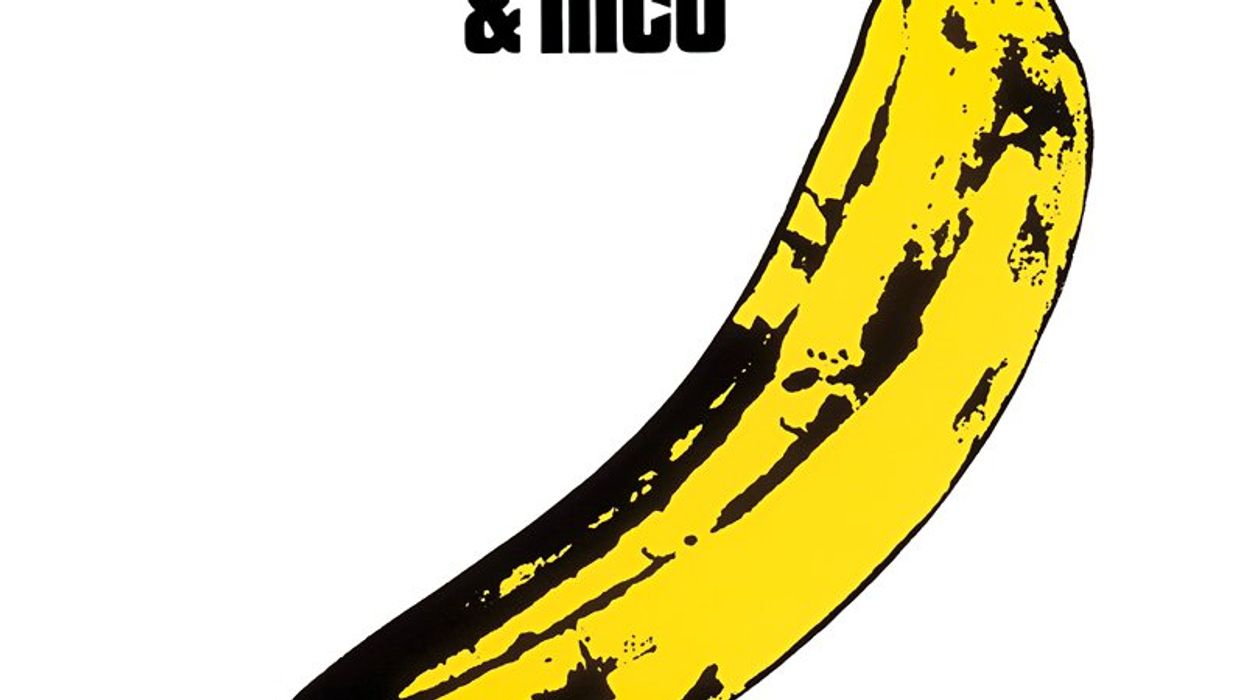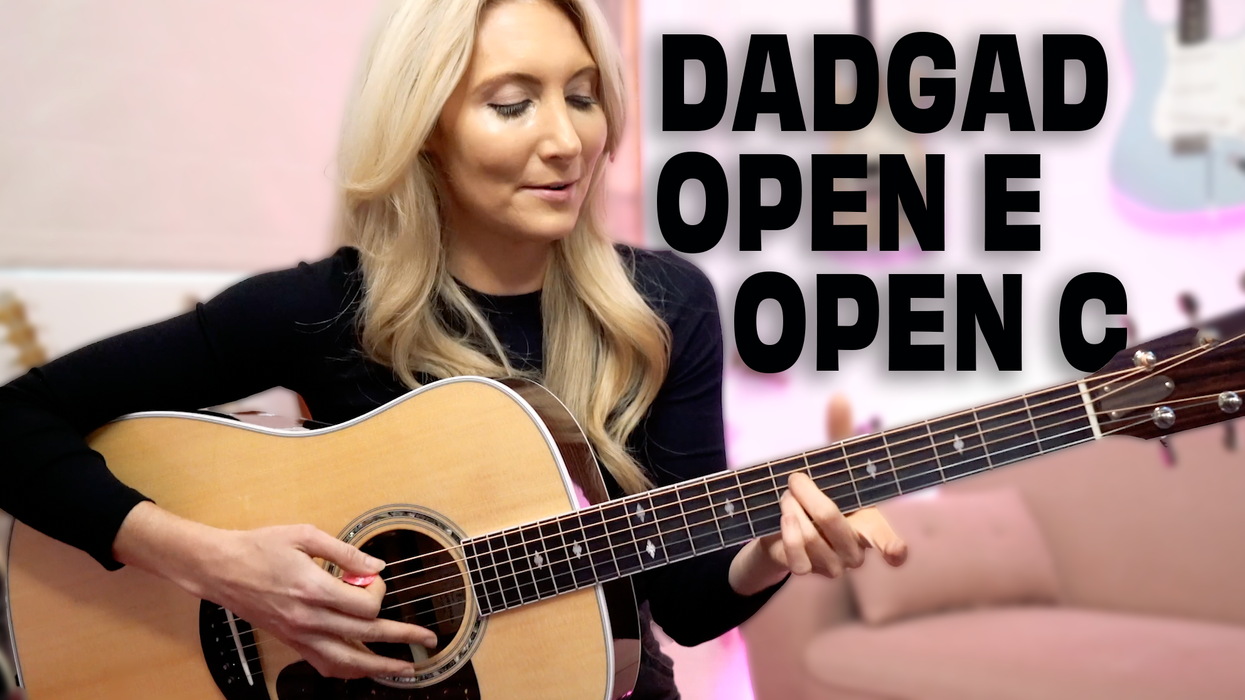Surf music coalesced as a genre in the early 1960s, borrowing elements from an eclectic range of musical styles, from early rock 'n' roll and country to more exotic Middle Eastern and klezmer sounds. At the forefront of this musical movement were such artists as Dick Dale—the self-proclaimed "King of the Surf Guitar"—and bands like the Ventures, the Surfaris, the Chantays, and the Astronauts. The genre itself is divided into instrumental and vocal camps, with the Beach Boys, of course, being the most popular of the vocal crew, though many purists only consider the instrumental music to be true surf.
When the British Invasion hit American audiences, it left instrumental surf music in the rear view of popular culture, but surf continued to exist as a more underground phenomenon. Currently, there's a grassroots resurgence of surf music, and bands like Surfer Joe, Black Flamingos, Messer Chups, and the Surfrajettes are touring all over the world, organizing festivals, running record labels, and keeping surf alive and healthy.
It's easy to define surf music by its aesthetics: Just throw a lot of reverb on a solidbody Fender guitar with a whammy bar—preferably a Jazzmaster or Jaguar—and you're already halfway there. But the characteristic musical elements are what really explain the genre. The guitar is the central instrument in surf music, so for this lesson, we'll unpack the characteristics of surf guitar.
Since many surf bands have two guitars, arranging is a key to the surf treatment. "Walk Don't Run" by the Ventures is a great song to consider. It's a cover of a jazz tune by guitarist Johnny Smith, which he based on the chords of the jazz standard "Softly, As in a Morning Sunrise." It was first covered by Chet Atkins before the Ventures put their spin on it by getting rid of the swing feel and turning the descending bass part into an iconic riff. This treatment made "Walk Don't Run" an archetypal surf tune.
The Ventures "Walk Don't Run"
In Ex. 1, Guitar 2 plays power chords that outline an ascending bass line, while Guitar 1 plays a lead melody that floats over the power chords like the Ventures' take on "Walk Don't Run."
Ex. 1
Duane Eddy was an early innovator who influenced so many guitarists, including those in early surf bands that drew inspiration from his twangy sound. One of Eddy's pioneering ideas was simply playing melodies in the lowest octave of the guitar. As basic as that might sound, when arranging simple songs for an instrumental band, it's important to repeat themes without making them sound overly repetitive. With their take on Les Baxter's "Taboo," the Jokers made use of the guitar's full range by shifting the main melody down to the 6th and 5th strings.
The Jokers - Tabou (famous guitar band from Belgium) beroemde gitaar band uit België
In Ex. 2, the same melody from the previous example is now transposed to the lower octave. The very last note has been removed since it's below the range of standard tuning. Notice the heavy use of the whammy bar on a few of the longer notes.
Ex. 2
Miserlou
Much like the exotica craze of the 1950s and early 1960s that found artists like Les Baxter and Martin Denny recreating the music of other cultures, often creating a mix of influences within the same song, surf musicians embraced the use of exotic scales and modes, particularly drawing on Middle Eastern music for inspiration. Dick Dale most notably brought the traditional song "Misirlou" into the surf canon from the Eastern Mediterranean region and made it one of the most well-known and recognizable instrumental surf tunes.
"Misirlou" is based on an intriguing scale (Ex. 3) called the E double harmonic (1–b2–3–4–5–b6–7) in Western music, though it has other names in different cultures. Ex. 4 shows the melody and chords to "Misirlou."
Ex. 3
Ex. 4
The first surf guitar virtuoso, Dale relied on tremolo picking to play ripping versions of songs like "Misirlou," as well as the klezmer song "Hava Nagila" and many others. Ex. 5 shows a lick that's based on the same scale as "Misirlou," played only on the 1st string. It begins with a muted tremolo-picked slide, which is often used as an introduction to a phrase or as a fill in surf music. The first half of the lick uses tremolo picking to articulate the notes, followed by two descending trills that resolve back to the open string.
Ex. 5
Ex. 6 features a melody arranged in three different ways over a rhythm guitar part to show how the techniques in this lesson can come together to make a surf instrumental. First, the melody is played in the guitar's middle range. Then it's played an octave up with tremolo picking, trills, and a tremolo-picked slide. Finally, it lands in the lowest octave and is executed with some heavy vibrato. Notice the use of the Am(maj7) chord, especially in the last measure. Try this spicy voicing when you want to imply a noir-ish spy movie vibe.
Ex. 6
Experiment with these ideas to give some of your songs the surf treatment ... and don't forget the reverb!
This article was updated on August 30, 2021.
